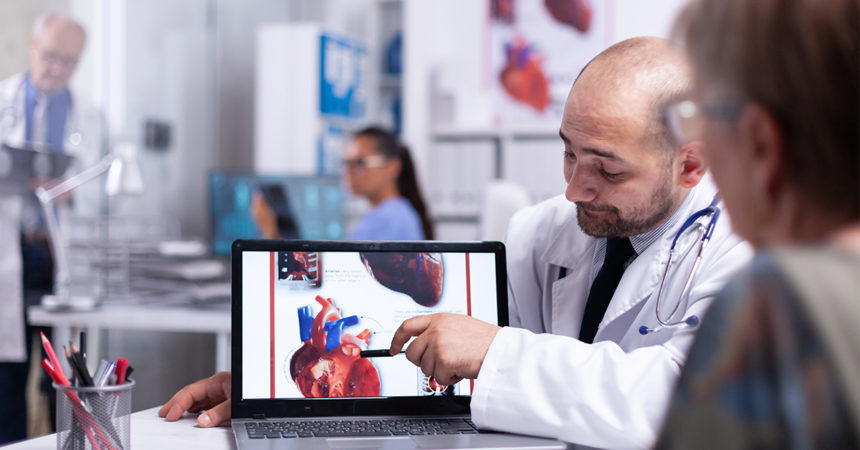February, 2022 marks the 58th consecutive year we are celebrating American Heart Month. During this month, our country brings awareness to heart disease, the #1 killer of individuals in the US. The first proclamation of American Heart Month occurred in 1964 under President Lyndon B. Johnson, one of millions of Americans who had suffered heart attacks. It is also the month for the “Heart to Heart: Why Losing One Woman Is Too Many” campaign which raises awareness of the 1 in 3 women that are diagnosed with heart disease every year.
Diagnosis of Heart Disease
When getting diagnosed for heart disease, your primary physician will do a physical exam, may perform an EKG (electrocardiogram), and talk to you about your family and personal medical history. If he or she suspects that you have some form of heart disease, they will refer you to a cardiologist for further diagnosis and to determine the proper course of action. It is important to get the diagnosis and treatment started at the earliest so that individuals feel better and are able to manage the ailments.
In addition to blood tests and a chest X-ray, the heart specialist may recommend cardiac imaging. Additionally, the type of treatment that is recommended will depend on the type of heart disease you’re diagnosed with. In general, the 3 most common treatments are lifestyle changes, medical procedures or surgery, and medications.
Cardiac Imaging
As a subspecialty of diagnostic radiology, a cardiac radiologist diagnoses diseases of the heart by interpreting medical images from CT scans, MRIs, and X-rays. These tests screen for heart disease, monitor your heart, and determine the cause of your symptoms. They also help determine if the prescribed treatment is working. Cardiac imaging procedures include:
- Coronary artery calcium scoring – a special CT (computed tomography) scan of the heart that measures the build-up of calcium found in the artery walls, specifically those that supply the heart.
- Computed tomography coronary angiography – CTCA takes X-ray images of the blood vessels by using a special contrast agent that is injected into your bloodstream. It takes pictures (known as angiograms) of the coronary arteries.
- MRI of the heart – a cardiac MRI produces images or pictures of the heart and shows how it is working by scanning the body with a high-strength magnet and radio waves. Unlike ionizing radiation which is used in other imaging tests, it isn’t used in an MRI and produces no side effects.
For more information regarding cardiac diagnostic imaging and to learn more about its role in diagnosing heart disease or other heart issues, we encourage you to call Vital Imaging today at (305) 596-9992.

